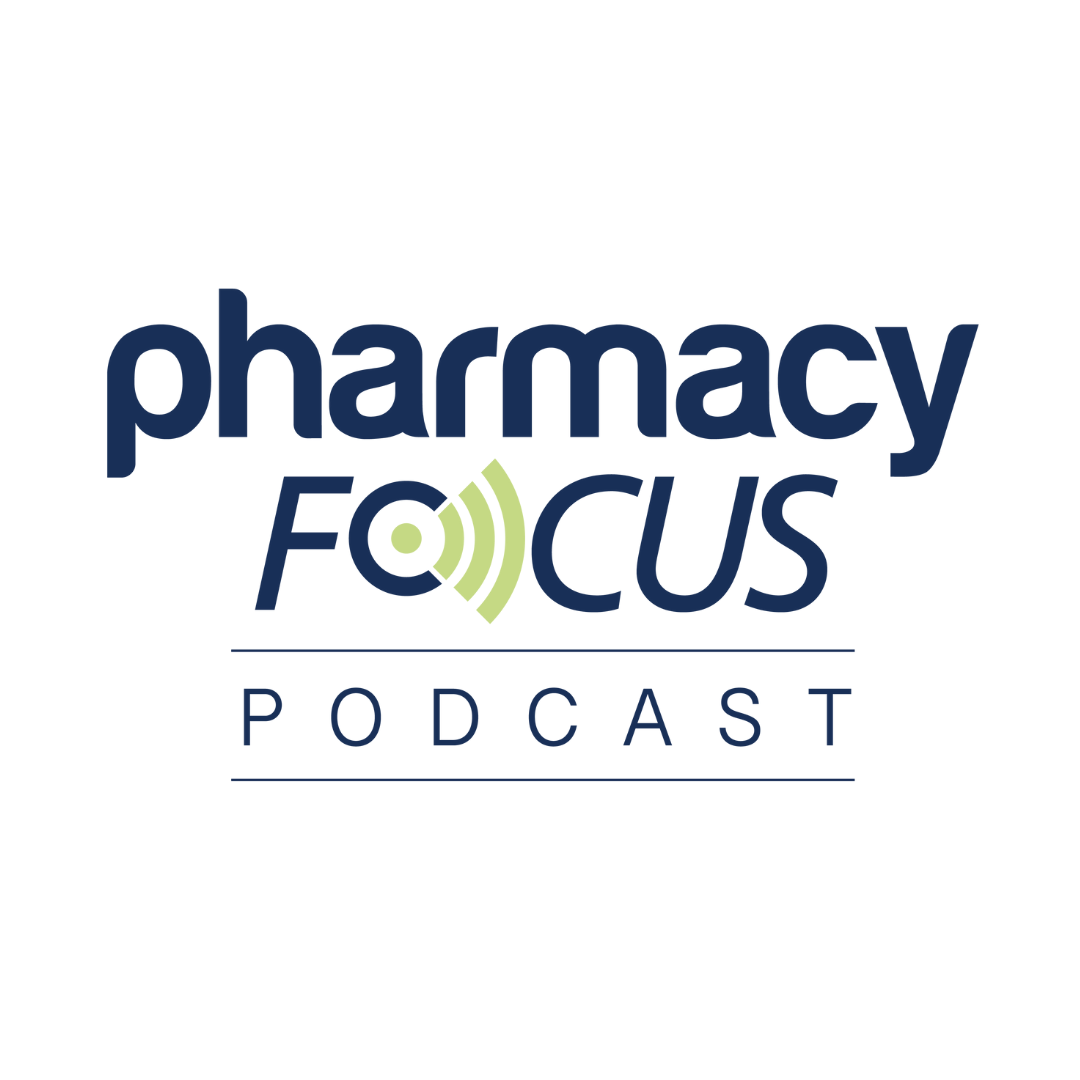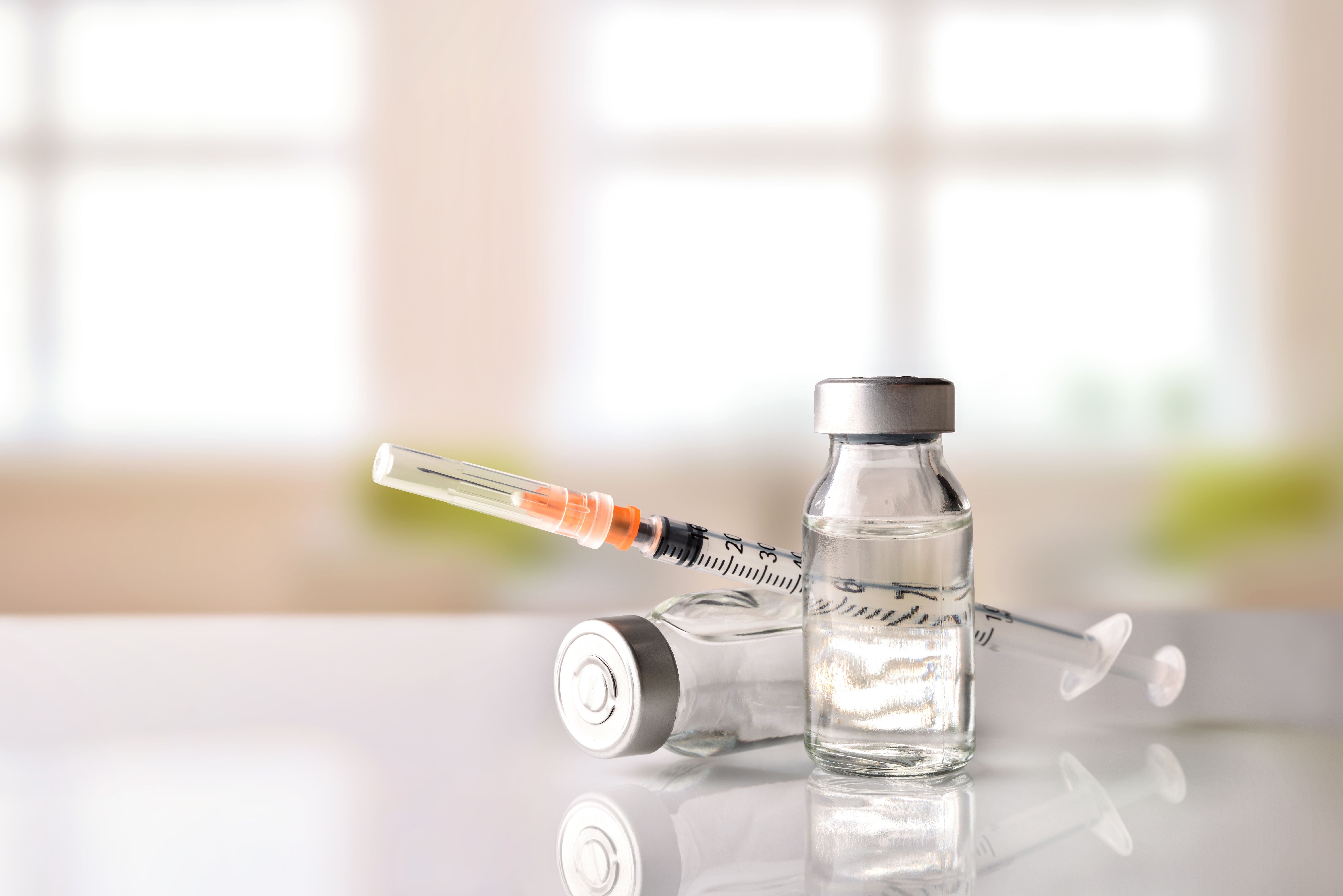Commentary
Video
AAN 2025: Low-Sodium Oxybate Improves Sleep Quality, Daily Functioning in Narcolepsy, Idiopathic Hypersomnia
Logan Schneider, MD, explains the latest findings on narcolepsy and idiopathic hypersomnia treatments, highlighting patient experiences and sleep architecture improvements.
In an interview with Pharmacy Times®, Logan Schneider, MD, a sleep specialist at Stanford Medicine Health Care in California, discusses the DUET trial, which demonstrated that low-sodium oxybate (Xywav) not only alleviated excessive daytime sleepiness in patients with narcolepsy and idiopathic hypersomnia but also enhanced key quality-of-life metrics, including cognitive function and professional performance. Schneider explains how pharmacists can play a role in counseling patients who may use oxybate to treat their sleepiness, and where the future of research goes from here.
Pharmacy Times: Can you walk us through the key findings of the DUET trial and how they build on our current understanding of low-sodium oxybate for narcolepsy and idiopathic hypersomnia?
Logan Schneider, MD: Absolutely. I think there are a lot of end points in this trial. It was intended to explore multiple aspects of the impact that treatments can have on patients with narcolepsy or idiopathic hypersomnia. Obviously, incorporating the patient voice was a critical part of devising a trial that sought to understand the impact it has on their life, and so that goes into cognitive complaints that they might have, as well as other aspects about their life that might be impacted, from personal to professional. In that sense, from both the individuals with narcolepsy and the individuals with idiopathic hypersomnia, in this trial, we demonstrated or noted that there were improvements not only in their symptomatic aspects, things like their excessive daytime sleepiness as measured by the Epworth Sleepiness Scale score, but also in the life qualitative measures, things that are concerns to patients every day. Things like how their cognitive function is going, their mental health or mood, for example, even though we didn't report on that in these abstracts, as well as other things like their performance in professional activities. Are they making it to work? When they are at work, are they functioning well, as well as in their personal lives? We are also curious as to how this might be affecting intermediaries as a way for us to be able to investigate, are there underlying phenomena that are changing that are indicative of those outcomes that they're experiencing the improvement in daytime sleepiness and improvement in function. That's really looking at reports of symptoms like sleep inertia in patients with idiopathic hypersomnia and the sleepiness that they have, as well as in patients with narcolepsy. We can take a look at what happened to their sleep architecture. We collected a very rich data set; these are really just the top-line results, first inklings and digging into the data, but there's more to come. Looking at patients with narcolepsy, we noted that they have more N3 or deep sleep. They then have fewer awakenings and transitions from deeper to lighter stages of sleep, in association with those improvements that they reported symptomatically. For both of those things, we're trying to get a better understanding of the patient experience, how this medication might affect them.
Pharmacy Times: The trial showed significant improvements in excessive daytime sleepiness and sleep architecture. How do these findings translate to real-world benefits for patients?
Schneider: I think it gives us a good understanding of things that might matter to patients. Obviously, symptoms; excessive daytime sleepiness is something that, as a sleep clinician, we all likely measure. I think it's a vital sign of how well sleep is going. In that sense, certainly it's a good indicator that the findings in this phase 4 trial were commensurate with other studies of these medications, because that's a primary end point and something that matters to our patients. It highlights that that's an important thing to incorporate, symptoms that patients experience, and measure those things in order to assess the benefit that a patient's getting. Also to assess, are you looking like what we expect, and how do we reassess our therapeutic approach? Other factors are just looking at sleep, right? Oftentimes, we explore sleep, we investigate it, we then maybe don't get to hollow up and say, "Oh, how is this medication actually affecting sleep?" In particular, one of the questions that we would have is, this seems to be an unusual way to apply a medication to somebody who's sleepy, is it something that is affecting their sleep? But that's what we're seeking to explore. I think it gives clinicians at least an opportunity to ask, are there other ways that we might assess the effect, or even at baseline, how somebody might be demonstrating that they're not sleeping well? Particularly in the narcolepsy population, we think about disruptive, nocturnal sleep. How might we define that? How might we actually assess whether it might improve, or even at baseline, if it's there?
Pharmacy Times: With Xywav demonstrating improvements in deep sleep, reduced awakenings, and sleep stage stability, how do these effects compare with traditional oxybate formulations?
Schneider: That's a interesting question, because we haven't done a head-to-head exploration of that, and I'm not aware of studies that have sought to explore, in this depth or in this kind of design, the effects on sleep architecture of oxybates, particularly high sodium formulations, and recognize that there are various ones out there, as well as generic possibilities that might exist or might be coming down the pipeline. In that sense, we can't say and speak to it head-to-head, and certainly the FDA has recognized that are not therapeutic equivalents of low sodium versus a high sodium oxybate. We're looking at this from the standpoint of, well, it might be similar because the moiety, the active ingredient, of it is similar. But certainly, we were focusing on this new agent, particularly one that was prioritized to look at the overall health of the patient. We say, well, we want to lower the sodium burden and demonstrate efficacy, as well as figure out what it's doing to these individuals, both from an outcome standpoint as well as maybe can we infer from their sleeping patterns something new there. I don't think I can speak to specifically how other oxybates might be demonstrating similar benefits, but we do know there are differences between the 2 medications. One would hope that we can get the same type of outcome, but it's not clear.
Newsletter
Stay informed on drug updates, treatment guidelines, and pharmacy practice trends—subscribe to Pharmacy Times for weekly clinical insights.






